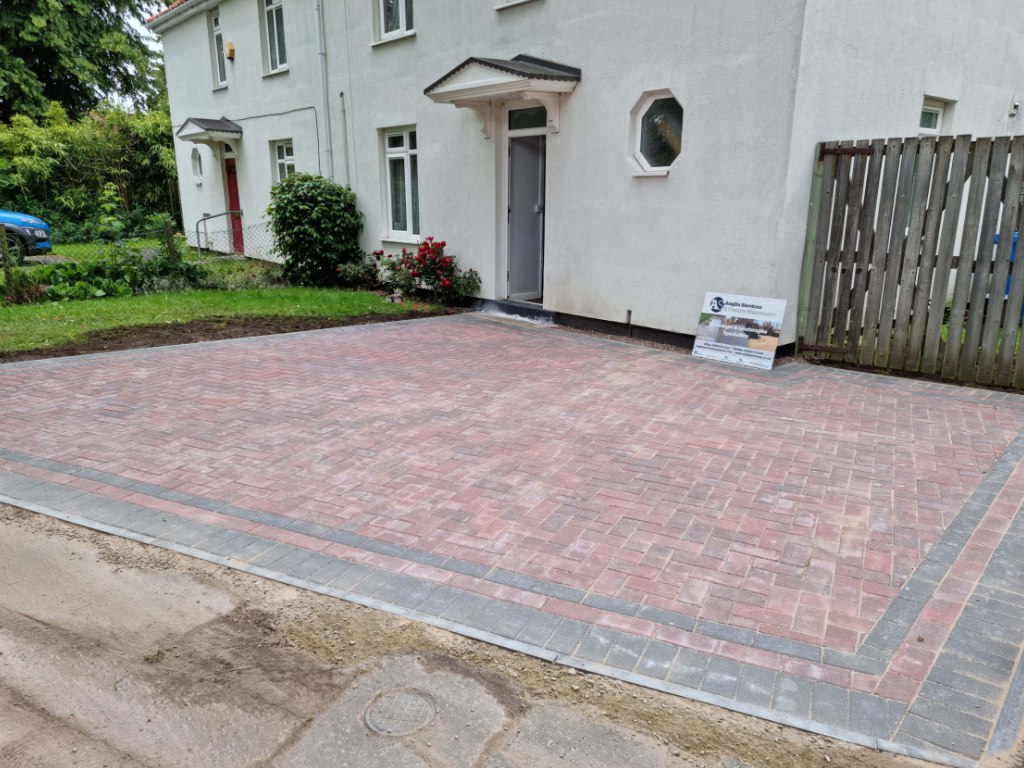Tarmac for New Build Industrial Estates: A Durable Solution
Introduction: Industrial estates are pivotal in fostering economic growth and providing space for businesses to thrive. When planning the infrastructure for a newly built industrial estate, one crucial aspect to consider is the choice of surfacing material for roads, driveways, parking areas, and pathways. Tarmac, also known as asphalt, is a reliable and durable solution that offers numerous benefits for industrial estates. In this blog post, Canterbury Driveways & Surfacing will explore the advantages and considerations of using tarmac for newly built industrial estates.
Advantages of Tarmac for Industrial Estates:
- Durability: Tarmac is renowned for its strength and resilience. It can withstand heavy loads and constant traffic, making it a dependable choice for industrial settings where heavy machinery and vehicles are common.
- Low Maintenance: Tarmac surfaces require minimal maintenance. Regular sweeping and occasional resealing is needed to keep the surface in excellent condition, reducing ongoing maintenance costs.
- Quick Installation: Tarmac can be laid quickly, reducing construction time and minimizing disruption to the industrial estate’s operations.
- Cost-Effective: Tarmac is a cost-effective option for large-scale projects like industrial estates. Its relatively low installation and maintenance costs make it an economical choice.
- Smooth Surface: Tarmac provides a smooth and even surface that enhances the driving experience and minimizes wear and tear on vehicles.
- Customization: Tarmac can be customized with markings, colours, and designs to create designated lanes, loading zones, and pedestrian walkways within the industrial estate, ensuring efficient use of space and safe traffic flow.
Considerations for Tarmac in Industrial Estates:
- Heavy-Duty Tarmac: Heavy-duty tarmac is the ideal solution for areas that will experience exceptionally heavy traffic or accommodate larger industrial vehicles such as trucks and forklifts. It is designed to withstand greater loads and is more resilient to wear and tear.
- Safety Features: Incorporate safety features such as speed bumps, humps, and designated crossings to enhance safety within the industrial estate, especially in areas where vehicles and pedestrians intersect.
- Drainage Planning: Ensure proper drainage planning to prevent water from pooling on the tarmac surface. Adequate drainage systems should be integrated into the design to manage water runoff effectively.
- Sustainability: Reduce environmental impact by using recycled materials in the tarmac mix. Permeable tarmac, which allows rainwater to pass through the surface, can also be eco-friendly.
Conclusion: Tarmac is a durable, cost-effective solution for newly built industrial estates. Its versatility, low maintenance requirements, and customization options make it ideal for roads, parking areas, and pathways within these industrial hubs. Tarmac surfaces can withstand the rigours of industrial activities, ensuring long-lasting functionality.
Call us on: 01227 203 897
Click here to find out more about Canterbury Driveways & Surfacing
Click here to complete our contact form and see how we can help with your driveway needs.

